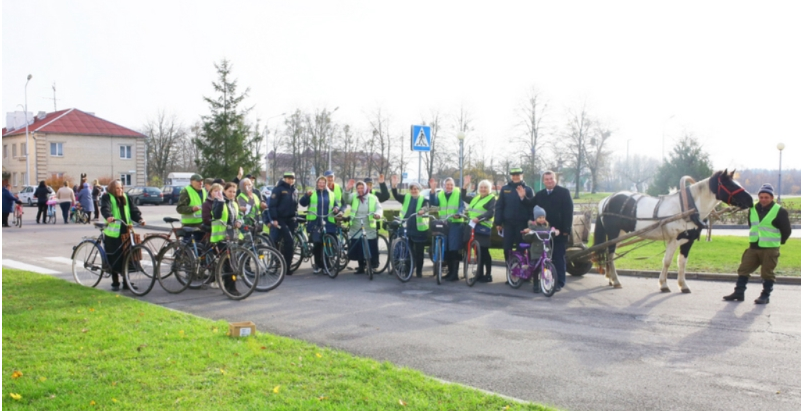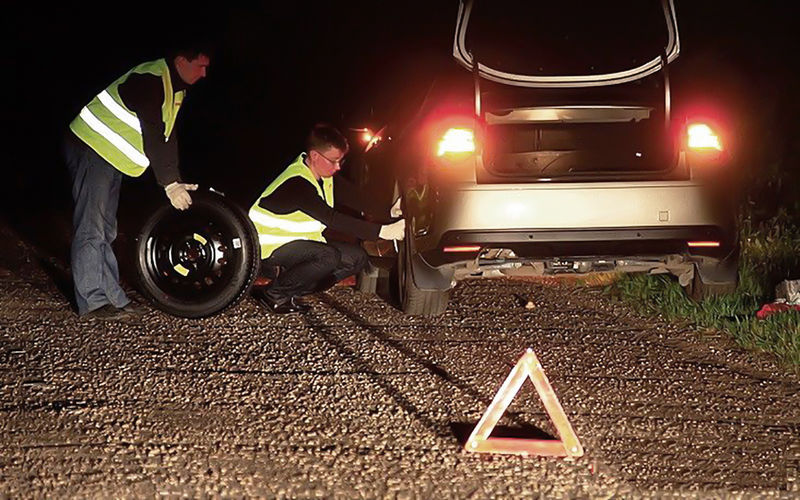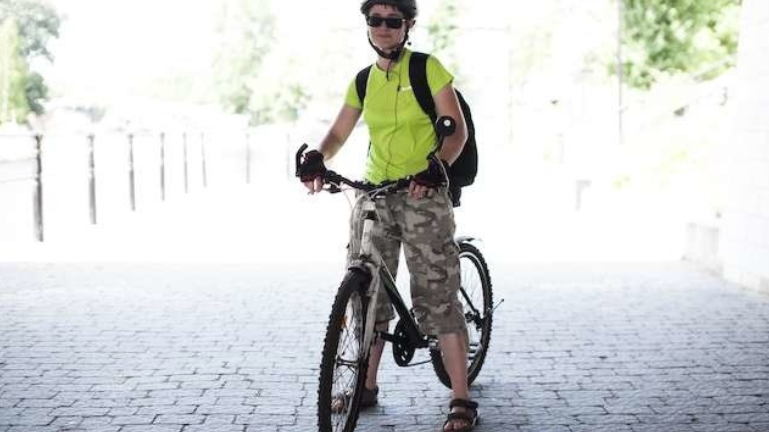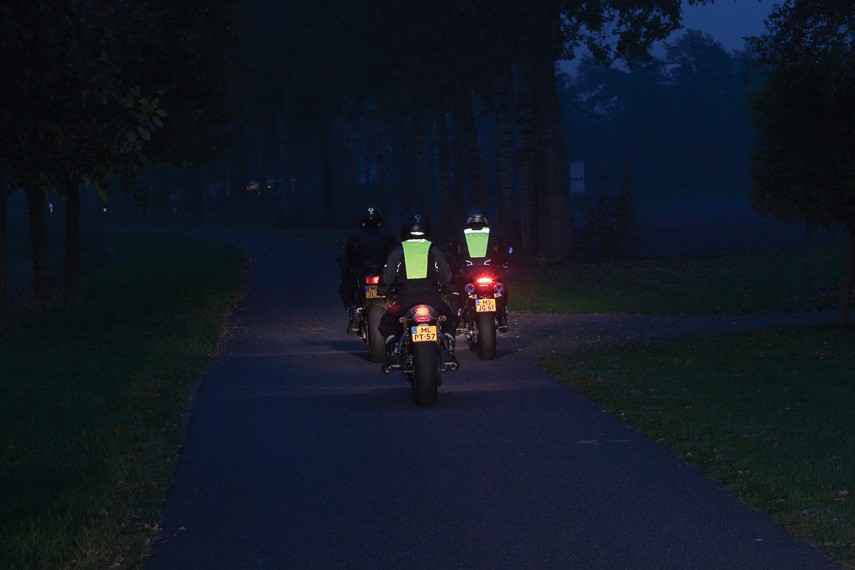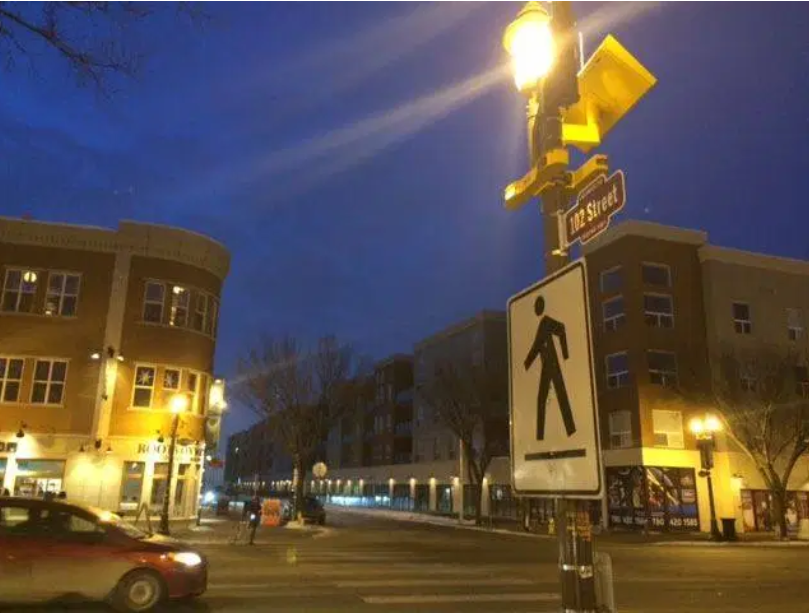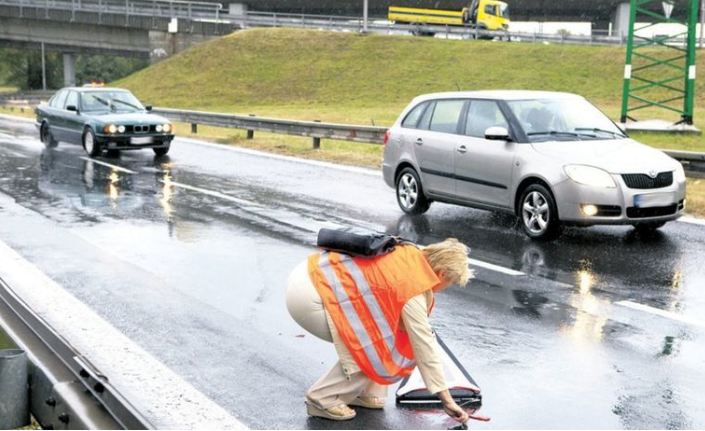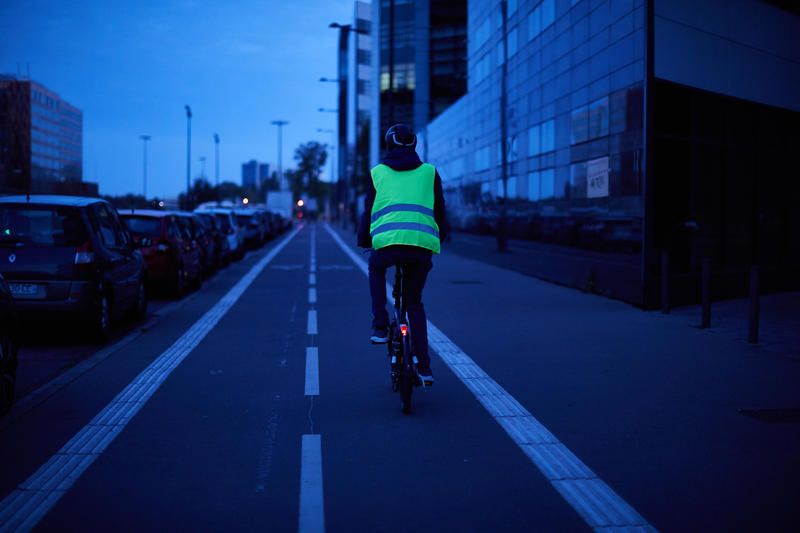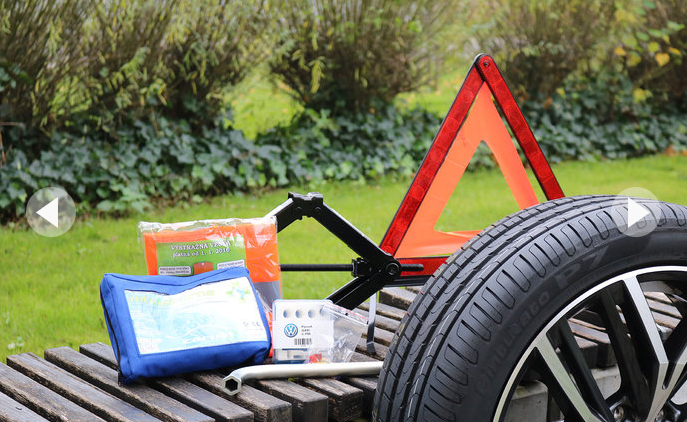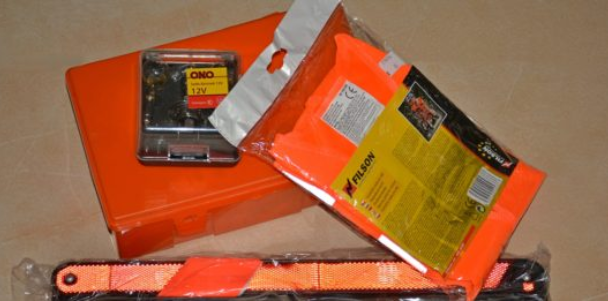Summer and autumn are ideal times for getting to know your surroundings from the bike saddle. If you like active relaxation, cycling may be the right thing for you. You are just starting on a bike and do not know what you can see on the way? Or have you covered thousands of kilometers and are you looking for inspiration for interesting routes? Let’s try to give you some tips.
First of all, it is necessary to check the technical condition of your bike. If you don’t dare to check it yourself, for a few euros they will take care of its complete inspection at every cycle service.
Being easily visible is essential
In the event of poor visibility, it is important to wear some reflective material elements, whether classic reflectors on a bicycle or reflective fabrics on clothing. If the reflective vest is unacceptable to you, you can also choose from less noticeable reflective bands. You can attach them to your shoulder or backpack. Varied is also the offer of clothing with reflective surfaces.
If you are unsure whether you come back in the light, make sure you have enough lighting. A flashing light at the back and a small front lamp on the bike should be a matter of course.
Prepare for minor repairs
When cycling, many things can go wrong on the bike. You need some tools for minor repairs. Where to put it? There are small seat bags on the market, often sold filled with basic tools. The second option is slightly larger pockets for the bicycle frame. But many people love the backpack. If you do not mind the load on your back and suffer sweating, this is the ideal option. In addition to the tools, you can comfortably carry water, food or spare clothes.
You may also be interested in: Handle the return to the saddle cool: Put your bike in shape!
What specifically should you take with you? The most common failure on the bicycle is a puncture. Do not forget the mounting levers, mini pump, and spare tube. Before driving, check that it is OK. A defect bonding kit is also used. Whether you prefer it or the soul is up to you, you can wear both for sure. Many problems are solved by a set of hexagonal hex keys. It is unnecessary to wear them all, so try those you may need and wear only those. To adjust the derailleur after an unpleasant fall, you will appreciate a flat-blade screwdriver;
Clothing will make your experience pleasant
It is also important to dress properly. You’ll hate old cotton t-shirts after a few kilometers. Sweaty gain, not only weight but also a significant aromatic trace. And probably nobody wants people to look for him because of the smell. Cycling t-shirts are made of modern materials that wick sweat away from the body well, while not keeping it as cotton. If you choose such a shirt, it is good if its fibers are enriched with elements of silver. This prevents the smell from spreading, otherwise, this shirt smells even more cotton. The advantage of these T-shirts is also good ventilation, which often has a zipper to regulate the air supply. Also on your back, you will find pockets in which you can put not only a bottle but also other small items.
But most important are pants. First of all, look at the pad. Rather, invest more in quality than you should curse a piece of cheap foam between you and the saddle after a few kilometers. On the bike you can do with classic sneakers, if you think more serious, reach for the third. You can choose from hiking to hardsports, the decision is yours.
We take the cycling helmet as a matter of course. You will also enjoy gloves and goggles.
What to pack with me?
You don’t need much for a day trip. If your route leads through places where you can buy supplies, all you need is your wallet and water. Especially in these heats, it is important to maintain a regular drinking regime. A variety of ionic drinks are available, which you can buy at many cycling or nutritional supplement stores. They are useful as the prevention of cramps and can also increase your performance. Various energy bars and gels are very good. Even if you are not a top athlete, they will certainly make your tour easier. It is good to have something else with you. It is important to carry with you more supplies than to stay hungry and thirsty somewhere in the forest. Take a light jacket for longer hikes and in variable weather conditions. Leave the raincoat at home, the bike will sweat and the body will not breathe through the plastic.
Everything ready, we can go
So where to go? Slovakia is rich in various cycling routes, you will find some in every corner of it. Let’s introduce you to just a few of the best-known sites. Surroundings of the capital wish mainly road cyclists. You will find many well-maintained cycle routes. You can take the Danube Bicycle Road to Hainburg, Austria. With better fitness is also an interesting trip to Lake Neusiedl.
Central Slovakia is represented by terrains around Banská Štiavnica. Not too long climbs, but some quite steep perfectly test your fitness. By bike, you can get to know the mining history of this town and the surrounding mysteries. The north of Slovakia and the surroundings of Zilina are also attractive. You can enjoy less demanding cycling in the picturesque villages of Orava such as Terchová or Čičmany. Mountain bikes can be used in the valleys of the Great and Small Fatra.
You may also be interested in: Are you going to buy a new bike? Do not forget these things!
Eastern Slovakia also offers many opportunities, Strážovské Hills and Ondavská Highlands are suitable for fans of mountain biking. Less demanding will certainly appreciate the routes around Domaš, Prešov or Levoča. Low Tatras are also popular. The highest marked cycling route leads to the top of Kráľova hole. However, it is not suitable for road bikes, because the lower part leads along a forest road and driving on thin tubular tubes, especially downwards, will probably suffer. Nice and interesting routes can also be found in the High Tatras. Well-known are the Popradské Pleso and Silesian House. The pearl is the route to the cottage at the Green Ball. But we warn the less experienced to be careful. Especially in the last part, there are many really big stones on the pavement. So if you regularly drive along wide forest roads to your apartment and feel like a good mountain biker, this is the perfect chance to test your skills. We recommend a full suspension bike and a lot of experience so that this tour does not become a cake for you.
Do not overestimate your strength
That is the basic rule, especially in the case of severe heat. Plenty of fluid and common sense. Remember, it’s not a shame to get out of the bike, sit in the shade and relax in peace. You don’t have to break records and chase with the younger ones. Cycling is about enjoying nature, having a pleasant conversation with friends and strengthening your health. Not to destroy it. So find your hobby in it and she will reward you. It lets you identify places that would otherwise be hidden from you.

